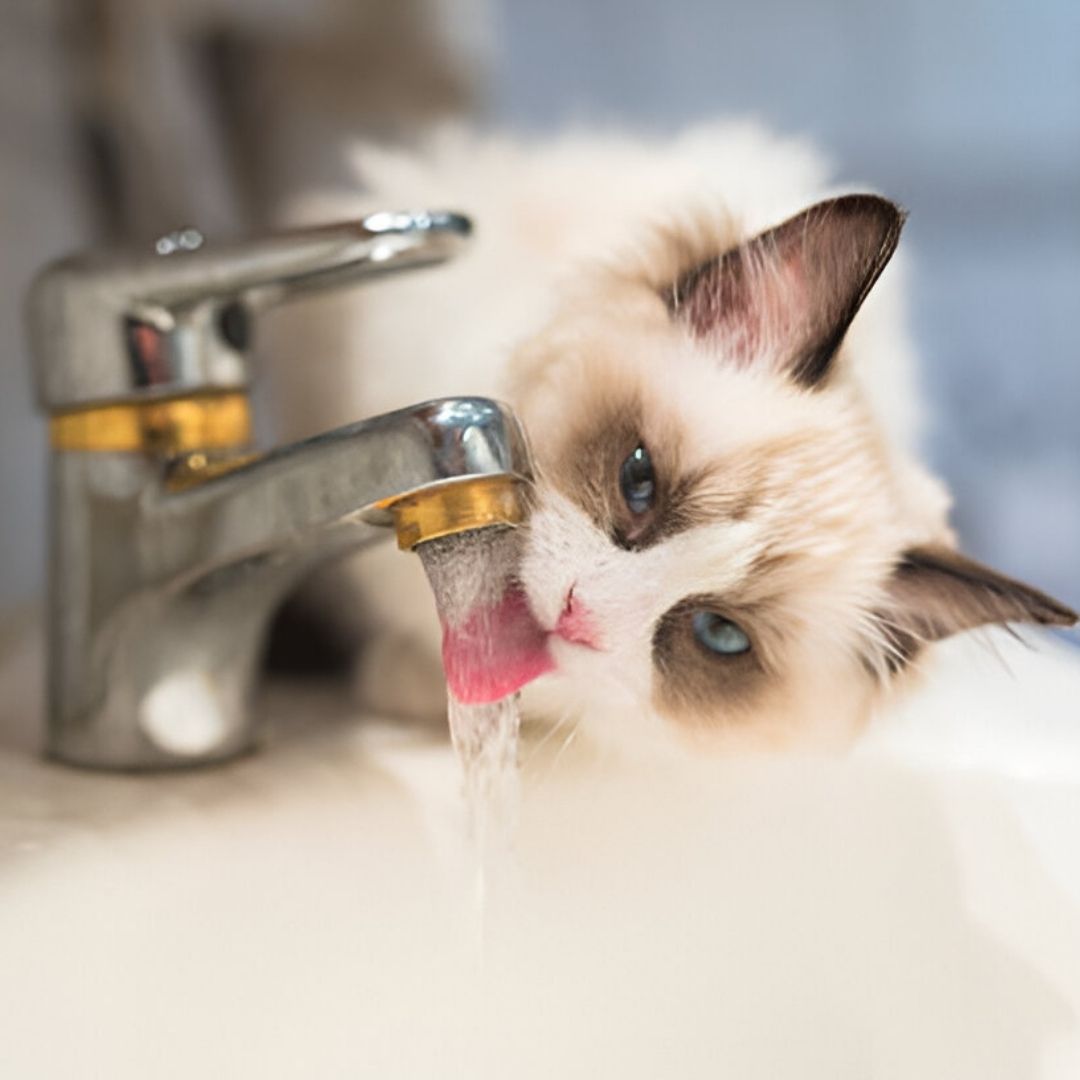The Fatal Water Softener Installation Mistake That Destroys Your Plumbing (And How to Avoid It)
Table of Contents
So here’s the thing…when we talk about water softener installation steps, most of us focus on the big picture—hook up the resin tank, add salt, flip the switch—and call it a day. But trust me, there’s one fatal mistake that can wreck your plumbing faster than you can say “hard water.” In this guide, we’ll cover the must-do water softener installation steps, point out that critical misstep, and walk through a smooth setup for your SoftPro or any salt-based whole house system.
Plan Your Installation
Before touching a pipe, let’s map out our install. A solid plan helps avoid surprises and extra costs.
Evaluate Water Hardness
We recommend testing with a water test kit or hardness test strips to measure grains per gallon. Anything above 7 gpg means scale buildup is imminent—and you need a softener.
Confirm Water Pressure Range
Hard water can strain appliances, but so can too much pressure. Aim for 50–70 psi during the day (pressure can spike at night). If you’re outside the 20–125 psi range, add a pressure regulator.
Choose Your Location
Pick a spot after the main shutoff valve but before your water heater. That way every faucet, fixture, and appliance—from showers fighting soap scum to dishwashers battling limescale—gets treated water.
Spot The Fatal Mistake
We’ve seen homeowners tackle installation only to discover a flooded basement or drippy pipes later on. What went wrong?
Neglecting The Bypass Valve
Skipping—or misaligning—the bypass valve means you can’t isolate the softener for service. During regeneration, water can backflow into your plumbing, causing leaks and pressure spikes.
Overlooking Drain Tubing
Failing to attach the drain line and overflow hose properly dumps brine solution on the floor, rusting fittings and damaging drywall.
Improper Pipe Connections
Loose fittings, lack of Teflon tape, or wrong pipe sizes create hidden drips that erode joints over time—leading to pinhole leaks in copper or PVC pipes.
Prepare Your Plumbing
With that mistake in mind, let’s get our workspace ready.
Gather Tools And Components
- Pipe cutter, adjustable wrench, pliers
- Teflon tape, pipe fittings, drain tubing
- Bypass valve kit, control valve, resin tank, brine tank
- Level, towels, bucket
Turn Off And Drain
Shut off the main water supply. Open faucets at the highest and lowest points to drain lines fully—no surprises when we start cutting pipes.
Level And Position Unit
Place your softener on a flat, hard surface like patio stones or a cement floor. Ensure it’s close to a drain, electrical outlet, and main line for easy hookups.
Follow Softener Installation Steps
Here’s our step-by-step breakdown. We’ll use a salt-based water softener as an example—but these apply to salt-free conditioners and dual tank systems too.
Turn Off Water Supply
Flip the main shutoff. Verify zero pressure with an open faucet.
Drain All Water Lines
Let every drop run until the pipes are empty. This prevents water hammer and reduces leaks when you cut in.
Install Bypass Valve
Mount the bypass valve onto the softener’s control valve. Ensure it’s in the “bypass” position before connecting to your plumbing. This lets us work without flooding.
Connect Resin And Brine Tanks
Secure the resin tank to the control valve, then attach the brine tank with the provided brine line. Use Teflon tape on all threaded joints.
Attach Drain Tube And Overflow
Run a flexible drain line from the softener valve to a floor drain or standpipe. Add the overflow hose from the brine tank to a safe drain—never let brine spill onto your foundation.
Power On And Program System
Plug into a dedicated outlet. Set hardness, regeneration time, and cycle frequency according to your test results. For SoftPro Elite and Smart Home+ models, you’ll use the digital interface or app to fine-tune settings.
Test For Leaks
Turn the bypass valve to “service,” open the main supply, and watch all connections. Tighten any drips immediately.
Avoid Costly Pitfalls
One table, five minutes of review—dodge these trouble spots.
| Pitfall | Impact | Prevention |
|---|---|---|
| Bypass Valve Left In Bypass | No softened water, pressure issues | Double-check valve position before service cycle |
| Drain Line Too Small Or Loose | Brine floods floor, corrodes pipes | Use 3/4″ drain tubing, secure with clamps |
| Overlooked Teflon Tape | Slow leaks, joint erosion | Wrap every threaded fitting 3–5 times |
| Pressure Outside Safe Range | Damage to softener or household plumbing | Install regulator or booster pump |
| Unit On Uneven Surface | Excess vibrations, misalignment | Use level; adjust base or pad |
Schedule Ongoing Maintenance
A smooth install is just the beginning. Let’s keep our plumbing—and SoftPro system—happy for years.
Check Salt Levels Regularly
We’ve all seen salt bridging in the brine tank. Break up crusts monthly and top off with high-quality pellets or tablets.
Inspect Valve And Connections
Every 3–6 months, verify the bypass valve, drain fittings, and hoses aren’t cracked or loose.
Annual Resin Health Check
After a year, consider a resin cleaner or call for a free water analysis from QWT. A healthy resin bed means better soft water, lower salt and water usage, and longer appliance life.
Trust me, you’re not alone in tackling these water softener installation steps. We’ve all wrestled misaligned valves or sneaky leaks. By spotting the fatal mistake—neglecting that bypass valve and drain tubing—and following these steps, we’ll protect our plumbing, save on utility costs, and enjoy spot-free dishes, softer skin, and scale-free pipes. Keep going—you’ve got this!




![SoftPro Chlorine+ Carbon Whole House Water Filter to Remove PFAS, Chlorine, Chloramine & Pesticides [City Water Filters Series]](http://www.softprowatersystems.com/cdn/shop/products/softpro-whole-house-chlorine-filter-282008.jpg?v=1758858973&width=140)
![SoftPro Iron Filter - Iron Master AIO - Best Iron Filter for Well Water [Air Injected Water Filter / Katalox]](http://www.softprowatersystems.com/cdn/shop/products/softpro-iron-master-aio-water-filtration-system-remove-iron-sulfur-manganese-using-air-injection-for-optimal-performance-412868.jpg?v=1758859831&width=140)














